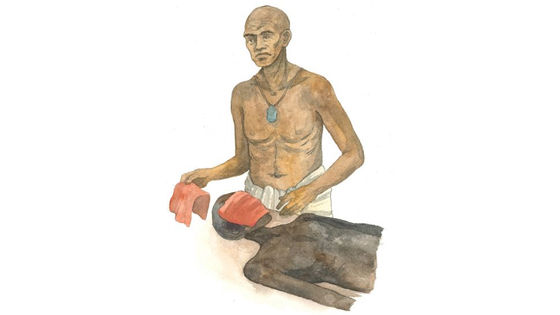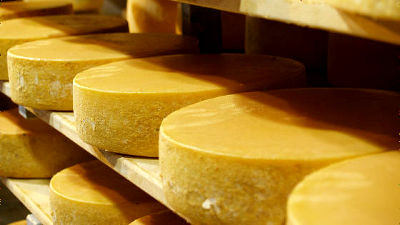Find the world's oldest mummy manufacturing manual, written around 1450 BC

The world's oldest 'Mummy Manufacturing Manual' written around 1450 BC was discovered in the papyrus stored at the University of Copenhagen. It has been found that the method of 'face antiseptic treatment method' is described as a content not found in the same kind of manuals found so far.
Ancient Egyptian manual reveals new details about mummification – University of Copenhagen
Ancient papyrus holds the world's oldest guide to mummification | Live Science
https://www.livescience.com/earliest-mummification-manual.html
The papyrus in question is called 'Papyrus Louvre-Carlsberg'. The papyrus is held in two parts by collectors, one of which was purchased by the Louvre Museum and the other by the University of Copenhagen with the funding of the Carlsberg Foundation. Is attached. It was in 2018 that the two were originally found to be one papyrus.
The total length of this papyrus is about 6 meters, and medical contents such as instructions on how to use herbs and treatments for skin diseases are written on both the front and back sides. It is believed to be the second longest ancient Egyptian papyrus with ever discovered medical content, but due to its poor preservation, research is being carried out using high-resolution images.

Sofie Schiødt of the University of Copenhagen has discovered that the Louvre Carlsberg Papyrus even describes the method
The embalming method of the published Louvre Carlsberg Papyrus is as follows. In addition, since it was not written about the basic processing too much, there is a part that Mr. Schiødt supplemented independently.
・ Embalming will be conducted at a dedicated facility near the graveyard. It lasts for a total of 70 days, with a 35-day drying period and a 35-day bandaging period.
・ After cleaning the corpse, removing the internal organs and brain, and crushing the eyes for 3 days, the inside and outside of the corpse are treated with natron, which is a type of salt with excellent drying properties.
・ After 35 days, wrap the body with a bandage while filling it with air freshener. Apply 'red linen', which is made by cooking and liquefying plant-derived air fresheners and binders, to the face of the body. Change the red linen every 4 days.
・ The embalming process for the entire period will proceed every 4 days. On untreated days, cover the body with straw infused with aroma oil to avoid pests. The mummy itself is completed on the 68th day, and the remaining few days are spent on rituals for the deceased to come back to life in the post-mortem world.
Many of the above embalming methods were known, but the description related to 'red linen' was discovered for the first time this time. So far, a mummy whose face is covered with cloth and resin has been excavated, so Schiødt says, 'It matches this description.'

Schiødt's dissertation, including this discovery, will be published in 2022.
Related Posts:
in Science, Posted by darkhorse_log







